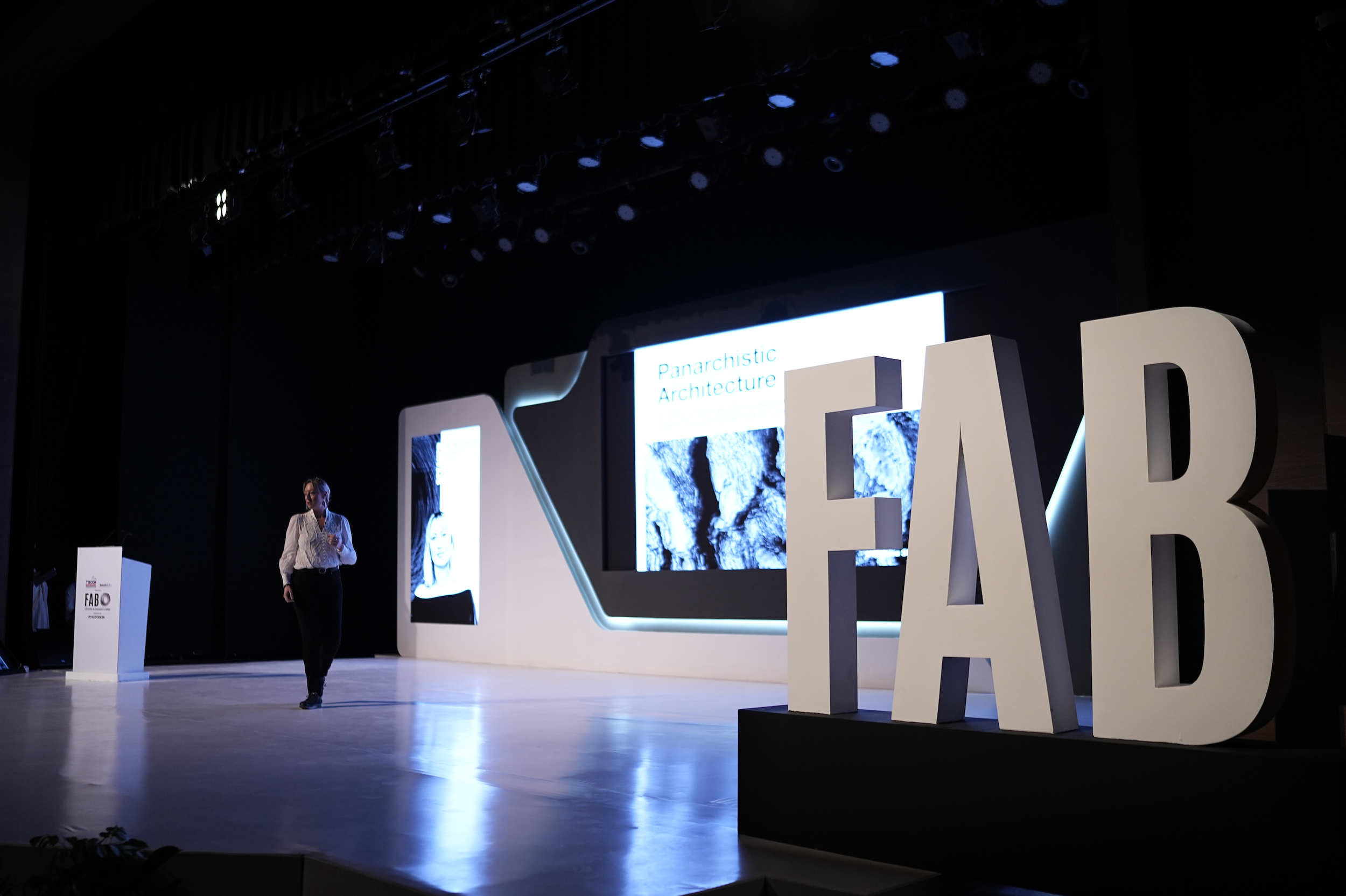
Presenting a new paradigm
Positing the potential for developing urban and peri-urban resilience to wildfires through the creation of complex adaptive architectural, material, and information systems that mimic the biochemistries, behaviours, and relationships of fire-adapted flora and fauna species, and the ecosystems they form.
“In the fire-prone wildlands of the western United States, the past several fire seasons have seen factors including soaring temperatures, low humidity, strong winds, and drought and disease-ridden, thus tinder-dry forests, converge to create extreme fire weather… wildfires of intensities of an order of magnitude greater than previously witnessed in living memory have become manifest, and in the process, engulfed communities living both within and at the interface of wildlands. As lives, properties, and livelihoods have been lost to wildfires, debates have raged over possible means of mitigation of the ‘problem’ of ‘living with wildfire’… But, challenging though the present wildland urban interface circumstances are, if climatological forecasts come to pass, yet greater firestorms are ahead, the possibility thereof written in, amongst other places, theoretical and computer models, and in the geologically indelible ink that is the fossil record. ” Sterry, 2018, p.15.
The product of an extensive systemic transdisciplinary interrogation of the interplay between abiotic, biotic, and human systems over deep time and space, this site and the works it hosts seek to provide a critical, yet creative perspective on the ‘problem’ of living with wildfire. Drawing on leading-edge research from several emerging and established scientific, technological, humanistic, and artistic domains, both academic and commercial, it triangulates data spanning myriad forms, disciplines, epochs, and research and development communities worldwide.
The works hosted on this site document the theoretical development of material and information systems which, designed to work with the fire regimes in which they reside, are posited as a radical new paradigm of architectural and urban resilience to wildfires of differing intensities, behaviours, and severities: the Panarchistic Architectural paradigm. The fields of enquiry that have informed the underlying logic of these systems are discussed in detail in the thesis, which converged the findings of over 1,500 research papers, surveys, books, and other published items, together with, amongst other sources, interviews and conversations with international thought leaders from diverse disciplines including the fire sciences; information technology data aggregation, processing, actuating, and distribution systems; bio-technology, materials science, engineering, design, urban planning, and policymaking; and social and natural history, amongst others.
The name ‘Panarchic Codex®’ relates, in the first instance, to the speculative building codes that were authored to convey how the Panarchistic Architectural paradigm could work in policy and wider practice. Upon the publication of the codes and the thesis of which they are a part, the name was adopted for use across all legacy research, development, and publishing works, of which some are now hosted on this site. Further resources will be added to this site over-time, including access to currently embargoed works, as well as new content including interviews, podcasts, fireside chats, lectures, and ebooks. Updates are provided via @panarchiccodex accounts on Twitter and Instagram.
Read the author’s biography here.
“Carbon is the fire at the heart of life. It has the unequalled ability to form complex compounds, exceeding in number all other chemical compounds, which it derives from its ability to form chains and rings of atoms.”
— McHarg, 1992.

